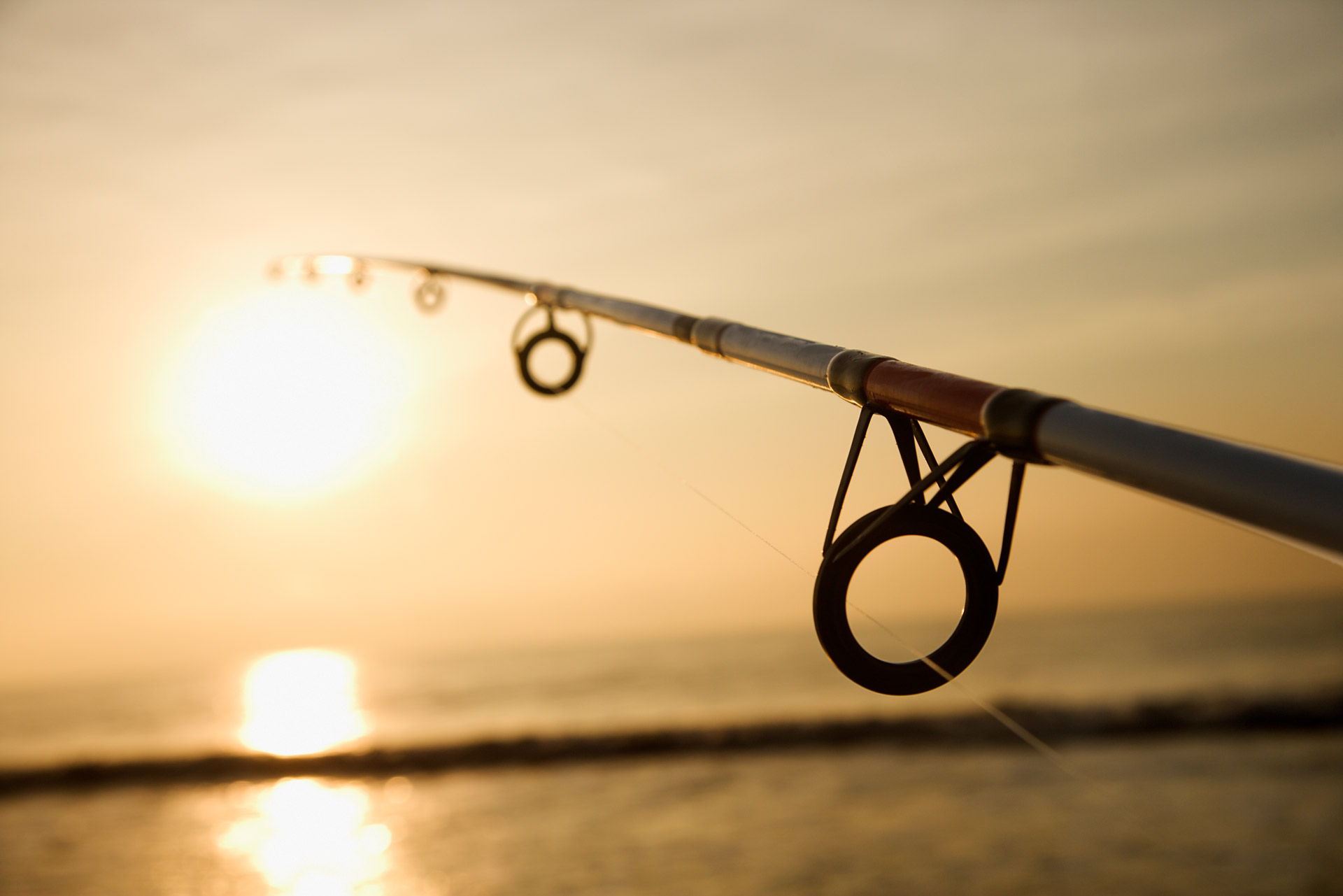Mastering The Art Of White Bass Fishing: Tips And Tricks Revealed!
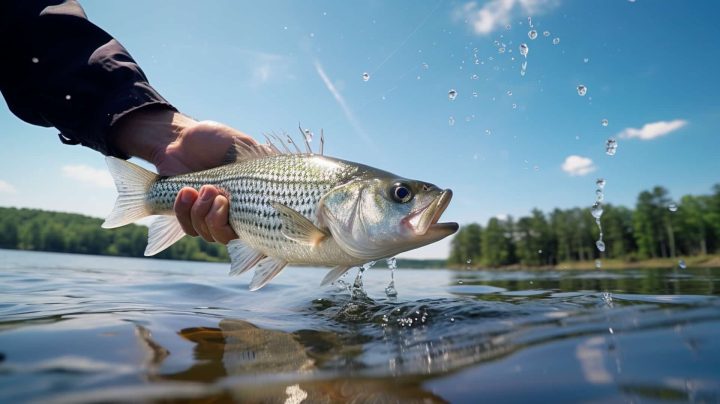
White bass fishing is an exhilarating and fulfilling pursuit for anglers seeking adventure on the water. To truly excel in this art, one must possess the right equipment, bait, and techniques.
Using a combination of a monofilament line, fluorocarbon lead, and a light rod with a 3/0 to 4/0 hook is highly recommended. Live shad and minnows are popular bait options, but the choice may vary depending on the season and conditions.
The early morning and late evening hours are prime times to target white bass, as they often gather in large schools and engage in feeding frenzies. With the right knowledge and approach, anglers can unlock the secrets of white bass fishing and experience unparalleled success on the water.
Key Takeaways
- Understanding the seasonal patterns and behavior of white bass is crucial for successful fishing.
- Experimenting with different lures and bait presentations can increase the chances of attracting white bass.
- Exploring various fishing spots and observing experienced anglers can provide valuable insights and techniques.
- Adapting techniques based on water temperature, depth, and structure can help increase the success rate of white bass fishing.
Gear for White Bass Fishing
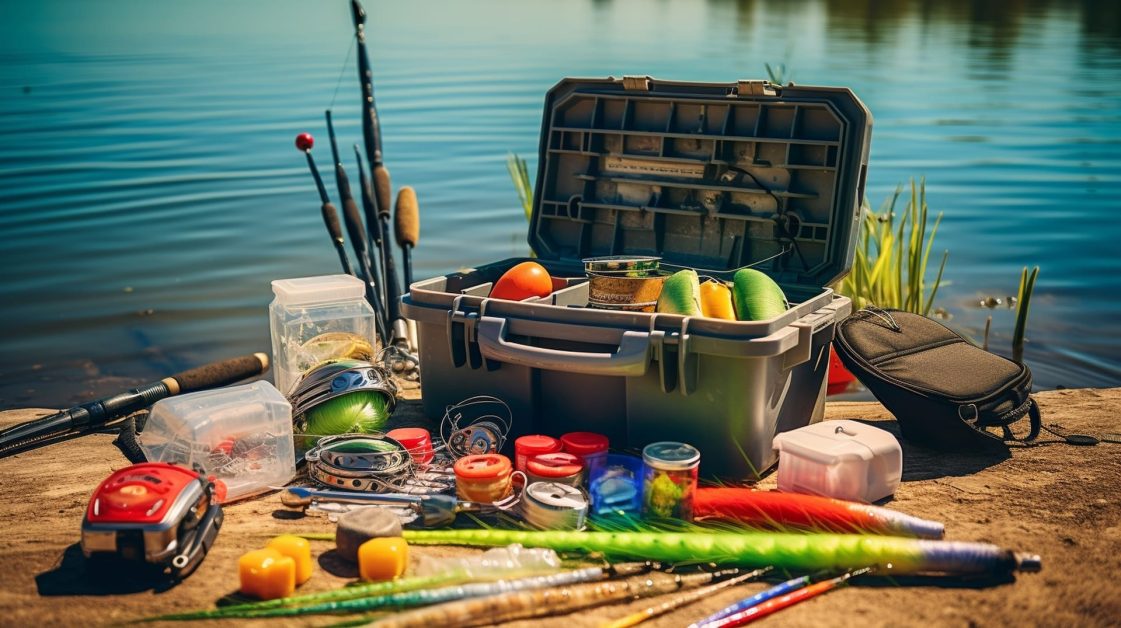
Anglers should use a light rod and a 3/0 to 4/0 hook with a choice of lures or baits when gearing up for white bass fishing. These are the essential fishing equipment for successfully catching white bass.
The light rod allows for better sensitivity and maneuverability, making it easier to detect bites and control the line. The 3/0 to 4/0 hook is ideal for white bass, as it provides a good balance between strength and size. A decent hook remover will make hook removal when you catch a fish.
When it comes to lures or baits, it is recommended to experiment with different options to find what works best in different conditions. Some popular choices include jigs, spinners, and live bait such as minnows or shad.
Best Bait Options
Live shad and minnows are popular bait options for catching white bass, depending on the season and circumstances. When it comes to using live bait, there are a few techniques that can help increase your chances of success.
Here are the best techniques for using live bait:
- Presentation: Hook the baitfish through the lips or back, ensuring a natural and enticing movement in the water.
- Depth: Adjust the depth of your bait based on where the white bass are feeding. Use a depth finder to locate the fish and adjust accordingly.
- Retrieval: Experiment with different retrieval speeds to find what works best. Vary your retrieve to mimic the movement of injured or fleeing baitfish.
By using these techniques and choosing the right live bait, such as shad or minnows, you can increase your chances of landing a prized white bass.
So get out on the water, enjoy the freedom of nature, and reel in some fish!
Ideal Time of Day
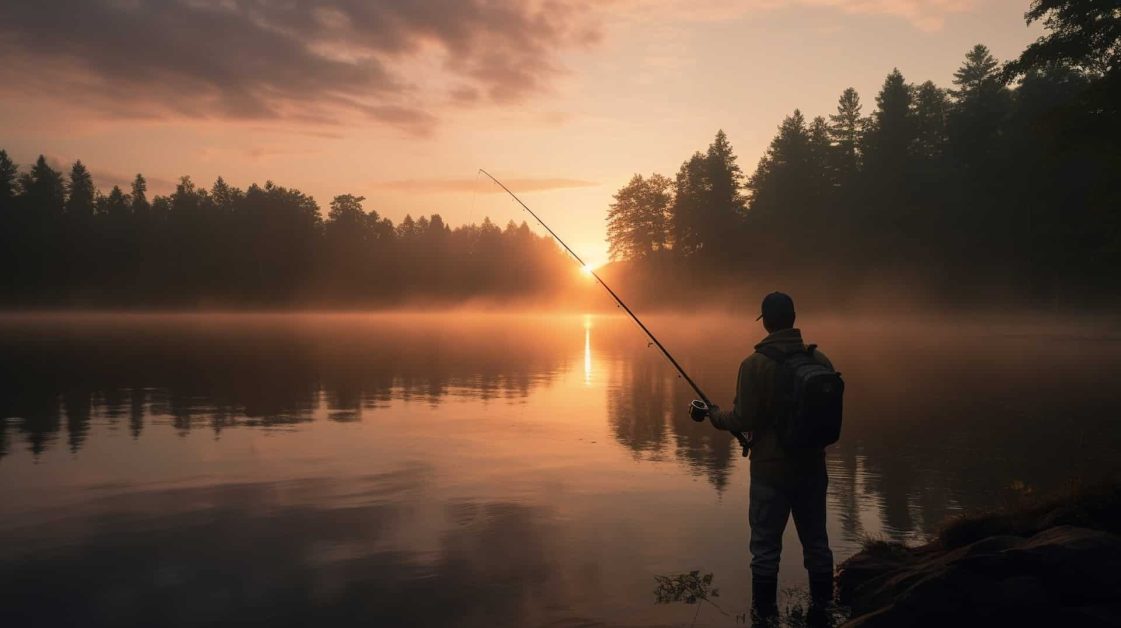
During the early morning hours and late in the evening, white bass are most active and can be easily caught. This is the ideal time for anglers to head out and try their luck.
For beginners, finding the best fishing spots is crucial for a successful outing. One tip is to look for areas with a lot of structure, such as submerged trees or rocky shorelines. These spots provide cover and attract baitfish, which in turn attract white bass.
Another tip for beginners is to use a variety of lures and baits to see what works best. Popular options include crankbaits, jigs, and live bait like minnows or shad. Remember, white bass are known for their aggressive feeding habits, so don't be afraid to experiment and try different techniques.
With a little patience and some practice, beginners can quickly become successful white bass anglers.
Biggest White Bass Records
Tying for the record, a 6 lb 13 oz white bass was caught in Lake Orange in 1989 and another was caught on the Amite River in 2010. These impressive catches showcase the potential for white bass fishing enthusiasts to land big catches.
When it comes to white bass fishing techniques, there are various approaches that can yield success. Anglers often opt for using lures such as crankbaits, jigs, and spinners to attract white bass. Additionally, live bait such as shad or minnows can be highly effective.
For those looking to test their skills and compete against other anglers, white bass fishing tournaments offer an exciting opportunity. These events provide a platform for participants to showcase their skills, engage in friendly competition, and potentially win prizes.
Whether it's fishing for personal enjoyment or participating in tournaments, white bass fishing offers a thrilling experience for those seeking freedom on the water.
White Bass Behavior
White bass behavior is influenced by their instinct to travel in large schools and their feeding frenzy tendencies around baitfish groups. Understanding their behavior is crucial for successful fishing.
Here are some key points to help you enjoy your white bass fishing experience:
- White Bass Habitat: These fish prefer clear, flowing waters with moderate currents. They can be found in lakes, reservoirs, and rivers.
- Feeding Patterns: White bass are opportunistic feeders and often target schools of baitfish like shad or minnows. They will actively chase and attack these prey items.
- Active during Spawning Season: White bass migrate to up-current tributaries during their spawning season. This is a prime time to target them.
- Techniques to Try: Experiment with different lures and retrieval speeds to trigger a feeding frenzy. Pay attention to their feeding activity and adjust your approach accordingly.
By understanding white bass behavior and their feeding patterns, you can improve your chances of a successful fishing trip.
Enjoy the freedom of the water as you master the art of white bass fishing!
Catching Tips
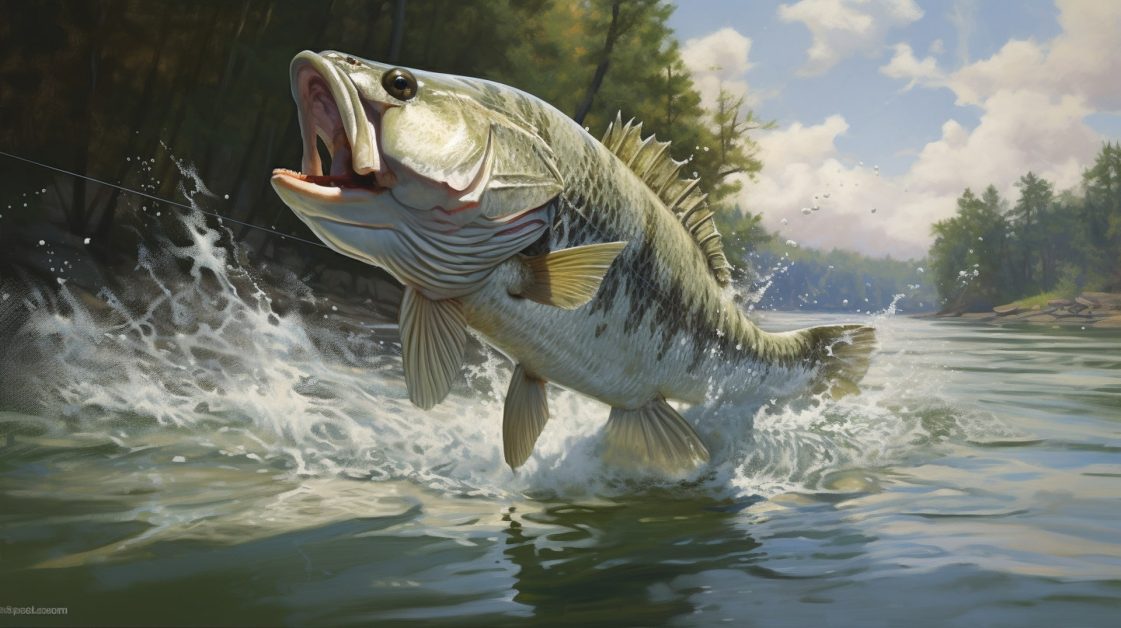
Understanding the behavior and feeding patterns of white bass can greatly enhance one's chances of a successful fishing trip. When it comes to white bass fishing techniques, it is important to consider their migration patterns.
White bass are known to migrate from deep waters to shallow areas in the spring for spawning. During this time, they can be found in up-current tributaries and are highly active, making them easier to catch. One effective technique is to fish in open water near these tributaries and look for feeding frenzies.
Experimenting with different lures and baits can also increase your chances of success. It is essential to use appropriate gear, such as a light rod and fluorocarbon line, to ensure a seamless fishing experience.
Ideal Fishing Locations
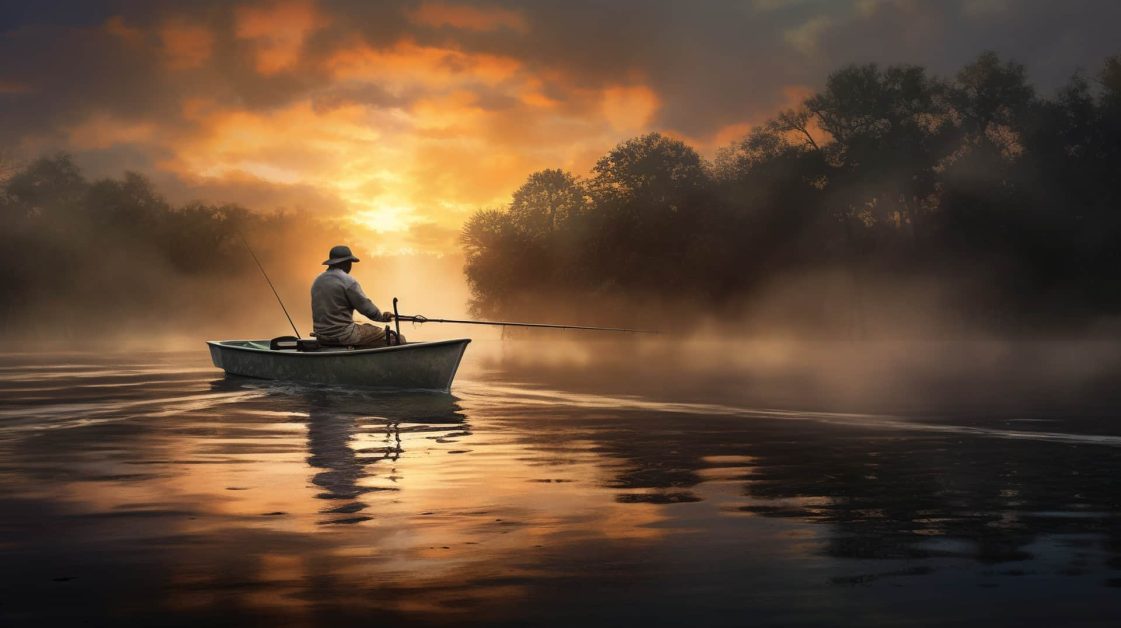
Anglers can increase their chances of success by exploring different fishing locations where white bass are known to congregate. Understanding the seasonal patterns of white bass can help anglers determine the best fishing techniques and where to find them.
During spring, white bass migrate to shallower waters for spawning. Anglers can target them in up-current tributaries and along rocky shorelines.
In summer, white bass move to deeper waters, making it necessary to fish in open water using techniques like trolling or vertical jigging.
In fall, they return to shallower waters and can be found near submerged structures. Anglers can try casting near brush piles, fallen trees, or rocky areas.
Lastly, in winter, white bass tend to be less active, but anglers can still have success by fishing in deeper holes or using slow presentations.
Experimenting with Techniques
Anglers can enhance their fishing experience by trying out various techniques to increase their chances of catching white bass. Here are some tips to help them experiment and improve their success rate:
- Using different lures: Try using a variety of lures such as crankbaits, jigs, or spinnerbaits to see which ones attract white bass the most. Different lures can mimic different prey and trigger a feeding response.
- Trying different fishing spots: White bass can be found in various locations, including rivers, lakes, and reservoirs. Experiment with different fishing spots to find where the white bass are most active. Pay attention to factors like water temperature, depth, and structure.
- Varying retrieval techniques: Change up your retrieval speed, depth, and rhythm to see what entices the white bass to bite. Sometimes a slow and steady retrieve works best, while other times a fast and erratic retrieve can trigger a reaction.
- Adjusting bait presentation: If using live bait, try different presentations such as using a bobber, bottom rig, or jigging technique. Changing up how you present the bait can make a difference in enticing the white bass to strike.
- Observing and learning from other anglers: Watch and learn from experienced anglers who have had success catching white bass. Pay attention to their techniques, strategies, and the locations they fish.
Frequently Asked Questions
What is the average lifespan of a white bass?
The average lifespan of a white bass is around 6 to 10 years. They are known for their aggressive nature, especially during feeding frenzies. White bass fishing enthusiasts appreciate their strong fighting ability and willingness to bite.
Are white bass aggressive fighters when hooked?
White bass are known for their aggressive fighting when hooked, making them a thrilling catch for anglers. To maximize success, use white bass fishing techniques and choose lures like live shad or minnows.
How deep do white bass typically swim?
White bass typically swim at varying depths, depending on factors such as water temperature and food availability. Understanding white bass feeding patterns can help determine the best lures for white bass fishing in different conditions.
What are some common mistakes that beginners make when fishing for white bass?
Common mistakes beginners make when fishing for white bass include using the wrong gear and bait, not paying attention to the spawning season, and not looking for feeding frenzies. To avoid these mistakes, beginners should use appropriate gear and bait, be aware of the spawning season, and actively search for feeding frenzies.
Are there any specific regulations or restrictions for white bass fishing in certain areas?
Specific regulations and conservation efforts for white bass fishing vary by location. It's a shame that some areas restrict the pursuit of this exciting sport, but it's important to respect and abide by local regulations to ensure the sustainability of the white bass population.
Conclusion
In conclusion, mastering the art of white bass fishing requires the right gear, bait, and techniques.
Anglers should equip themselves with a monofilament line, a light rod, and a 3/0 to 4/0 hook for optimal results.
Live shad and minnows are effective bait options, especially during the spawning season when white bass are most active.
The early morning hours and late evening are prime times for catching these fish.
White bass travel in schools and exhibit feeding frenzy instincts, making them relatively easy to catch.
By paying attention to spawning season, using appropriate gear and bait, and experimenting with different techniques, anglers can increase their chances of success.
Just like a skilled artist uses different strokes to create a masterpiece, anglers can employ various techniques to reel in that prized white bass.



